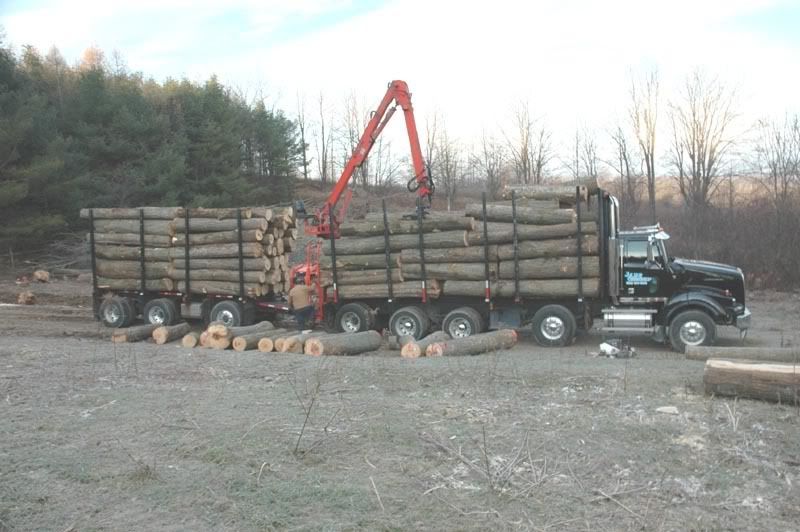klickitatsacket
Addicted to ArboristSite
- Joined
- Dec 3, 2004
- Messages
- 2,051
- Reaction score
- 285
I heard that WD-40 was developed for NASA as a water displacer for electrical contacts.

klickitatsacket said:I heard that WD-40 was developed for NASA as a water displacer for electrical contacts.
They have changed the formulation so that it is no longer flammable.Freakingstang said:I don't know the history of WD-40, but being that it is highly flamable, I would think that to be very bad on high current contacts......
 A Sthil dealer (DeWars) on the west side of town told me last year that he used to use it to start engines with.
A Sthil dealer (DeWars) on the west side of town told me last year that he used to use it to start engines with. He since has gone to the aerosol version of Sea Foam called Deep Creep. I have a little of the flammable WD-40 around. Another era gone.
He since has gone to the aerosol version of Sea Foam called Deep Creep. I have a little of the flammable WD-40 around. Another era gone.Big Woody said:Anybody know what WD-40 stands for?













Gypo Logger said:Come to think about i don't use any lube when installing a piston.
I just reverse engineer and say to myself, self, lets wear out the chrome on that cyl. by slidding some chrome rings on the cyl. walls....dry. It sure doesn't hurt to put a film of oil on the cyl. walls though.
John

 , do you really float it down river, not Maple, Huh???
, do you really float it down river, not Maple, Huh???no engine builder installs bearings dry only a rookie. use engine assembly grease or learn the hard way:deadhorse:bwalker said:Some engine builders put them together dry and some use two cycle oil. I have always used two cycle oil.
(WLL) said:gas does not or should not pass the rings gas does not lube the needle bearings use your head
premix lubes the jug n piston not needle bearing if u r right then saw crank case would fill with gas. is this anthony romeo?:bang:romeo said:Yes it does, thats why you premix it. No oil sump and the fuel charge is pulled through the crank case. We are not talking Chevy's here.
(WLL) said:premix lubes the jug n piston not needle bearing if u r right then saw crank case would fill with gas. is this anthony romeo?:bang:
(WLL) said:fuel n gas mix on the down stroke is pulled into cylender above pistin not below where needle bearing is then its compressed lit and is realesed out exhaust